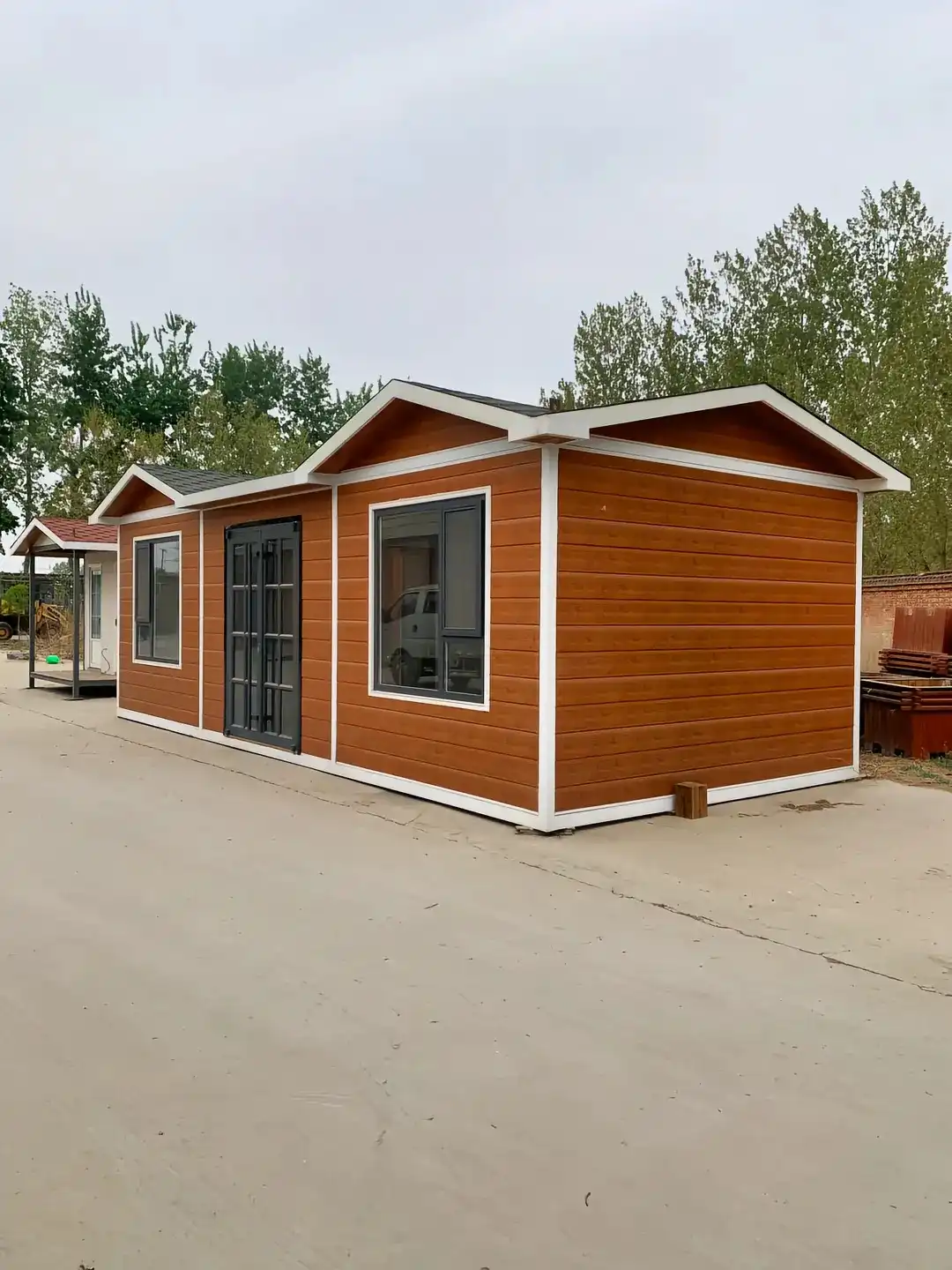Metal sheet PU sandwich panels have revolutionized the construction industry, offering a myriad of benefits for building insulation. These innovative panels combine the strength of metal sheets with the superior insulation properties of polyurethane foam, creating a versatile and efficient solution for modern construction needs. From enhanced energy efficiency and durability to fire resistance and customizable aesthetics, metal sheet PU sandwich panels provide a comprehensive answer to the challenges faced in both residential and commercial building projects. By integrating these panels into your construction plans, you can achieve optimal thermal performance, reduce energy costs, and create safer, more comfortable living and working environments.
Unparalleled Insulation Performance
The core advantage of metal sheet PU sandwich panels lies in their exceptional insulation capabilities. The polyurethane foam sandwiched between the metal sheets acts as a powerful thermal barrier, significantly reducing heat transfer between the interior and exterior of a building. This thermal efficiency is quantified by the panel's impressive thermal conductivity of 0.018W/m.k and thermal resistance of 2.09m2k/w, surpassing many traditional insulation materials.
The superior insulation properties of metal sheet PU sandwich panels translate into tangible benefits for building owners and occupants: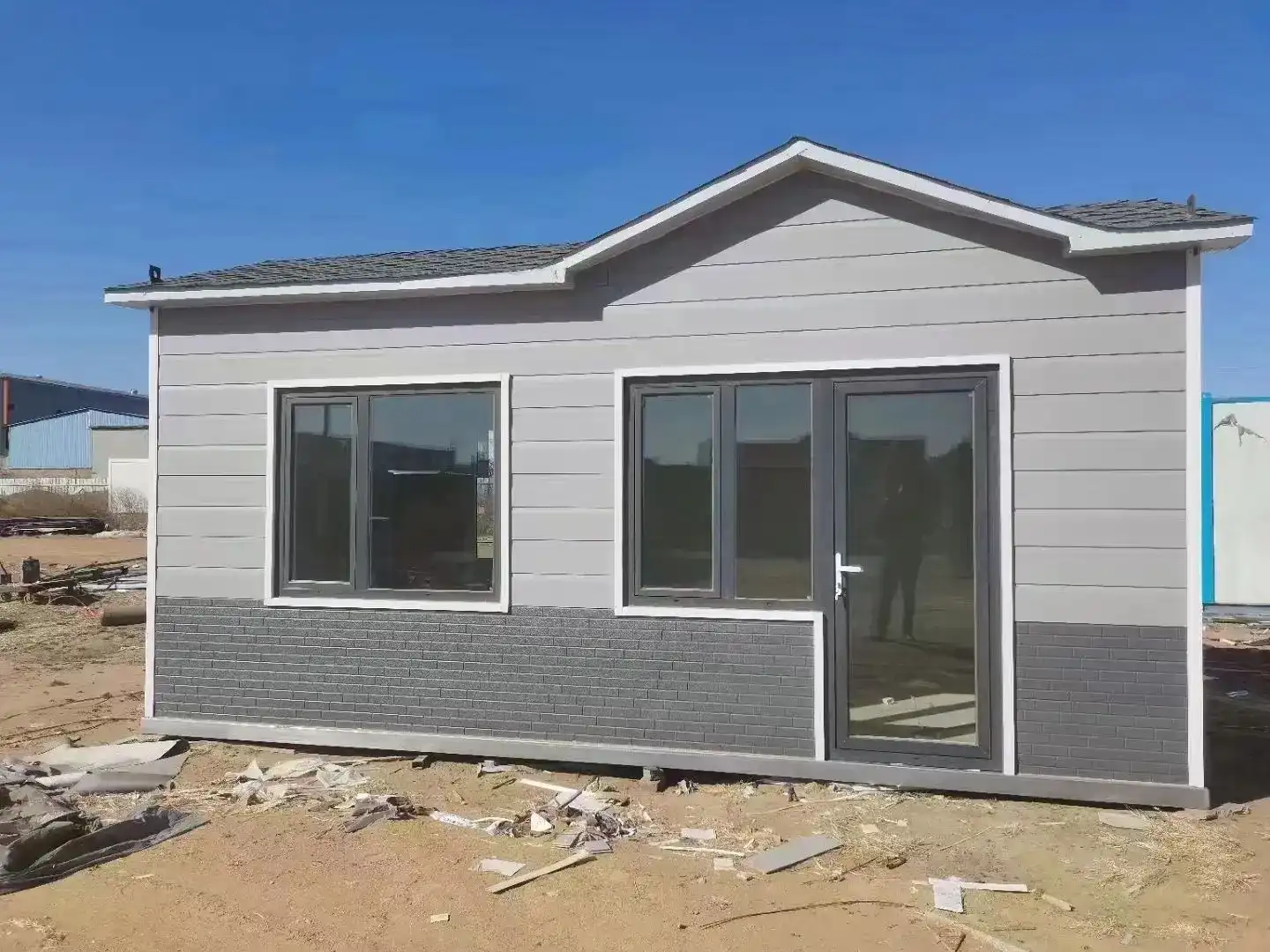
Energy Savings
By minimizing heat loss during cold winter months and reducing heat gain in hot summers, thermal insulation panels help maintain consistent indoor temperatures year-round. This decreases reliance on heating, ventilation, and air conditioning (HVAC) systems, leading to lower energy consumption. As a result, building owners benefit from reduced utility bills and a decreased carbon footprint, supporting contemporary sustainability initiatives and contributing to environmentally responsible construction practices.
Year-round Comfort
The superior insulation properties of metal sheet polyurethane (PU) sandwich panels ensure a stable and comfortable indoor climate regardless of external weather conditions. This effective thermal barrier prevents uncomfortable temperature swings, allowing occupants to enjoy cooler interiors during scorching summers and warmer environments during chilly winters. Such enhanced comfort improves productivity, wellbeing, and overall satisfaction in both residential and commercial spaces throughout the entire year.
Noise Reduction
Beyond thermal benefits, high-quality metal sheet PU sandwich panels also offer excellent sound dampening capabilities. By significantly reducing the transmission of external noise—whether from traffic, industrial activity, or urban environments—these panels create a quieter, more peaceful indoor atmosphere. This acoustic insulation is especially valuable for buildings located near busy roads, airports, or noisy neighborhoods, enhancing occupant comfort and contributing to a better quality of life.
Durability and Structural Integrity
Metal sheet PU sandwich panels are engineered to provide long-lasting performance under various environmental conditions. The fusion of metal sheets with polyurethane foam creates a composite material that offers exceptional strength and stability.
Weather Resistance
These panels demonstrate outstanding weather-resistant properties, featuring a remarkably low waterproof rate of 0.0008 and wind resistance rated up to 8.0 kPa. Such characteristics make them exceptionally suitable for buildings located in regions subject to harsh climatic conditions, including heavy rain, strong winds, and storms. Their durability ensures that the building envelope remains secure and functional over long periods, protecting interiors from water infiltration and wind damage while maintaining structural stability.
Corrosion Resistance
The metal facings of these panels are typically treated with protective coatings or made from corrosion-resistant alloys, enabling them to withstand prolonged exposure to moisture, salt, and atmospheric pollutants. This corrosion-resistant design helps prevent rust and material degradation, extending the lifespan of the building's exterior surfaces. Consequently, maintenance requirements and associated costs are significantly reduced, making these panels a cost-effective choice for both coastal and industrial environments.
Structural Support
With a high compressive strength of 52.7 kPa, metal sheet PU sandwich panels provide robust structural support within building assemblies. Their strength allows them to span longer distances between supporting frameworks compared to conventional construction materials, which can reduce the amount of secondary structural elements needed. This structural efficiency simplifies installation, speeds up construction timelines, and contributes to overall cost savings, all while maintaining building safety and durability.
Versatility in Design and Application
Metal sheet PU sandwich panels offer remarkable flexibility in both design and application, making them a favorite among architects and builders alike.
Customizable Aesthetics
These panels are available in an extensive palette of colors, textures, and finishes, offering architects and designers virtually limitless creative freedom. Whether aiming for bold, eye-catching facades or subtle, harmonious integrations with existing architectural styles, these panels enhance the visual impact of any building. Their aesthetic versatility allows for unique design expressions while maintaining the functional benefits of durable, high-performance insulation materials.
Adaptable Dimensions
Metal sheet PU sandwich boards come in a assortment of thicknesses and widths custom-made to particular extend needs. Insides boards ordinarily degree 10mm in thickness with a width of 450mm, giving viable separator for inside applications. For outside utilize, boards are thicker—16mm or 20mm—with a width of 383mm to guarantee vigorous climate resistance and basic keenness. This dimensional adaptability underpins exact customization adjusted with warm and building prerequisites.
Versatile Applications
The flexibility of metal sheet PU sandwich boards makes them reasonable for an amazing run of building sorts and ventures. They are broadly utilized in private complexes, office towers, estates, arranged gardens, and indeed notable redesign ventures where execution and aesthetics must coexist. Moreover, their strength and security highlights loan themselves well to specialized employments such as civil buildings, security stands, and other framework requiring dependable, high-quality development materials.
Conclusion
Metal sheet PU sandwich panels offer a compelling combination of insulation performance, durability, and design flexibility that makes them an invaluable asset in modern construction. By incorporating these innovative panels into your building projects, you can achieve superior energy efficiency, enhance structural integrity, and create aesthetically pleasing structures that stand the test of time. For more information on how metal sheet PU sandwich panels can benefit your next construction project, please contact us at info@sdqsc.com. Our team of experts is ready to help you explore the full potential of this revolutionary building material.
References
1.Building Science Corporation. (2021). "Thermal Performance of Building Envelope Materials."
2.Journal of Construction Engineering. (2022). "Advancements in Insulated Panel Technologies for Sustainable Buildings."
3.International Building Code. (2021). "Fire Protection Requirements for Building Materials."
4.American Society for Testing and Materials (ASTM). (2020). "Standard Test Methods for Structural Insulated Panels."

.jpg改.webp)
.jpg改.webp)

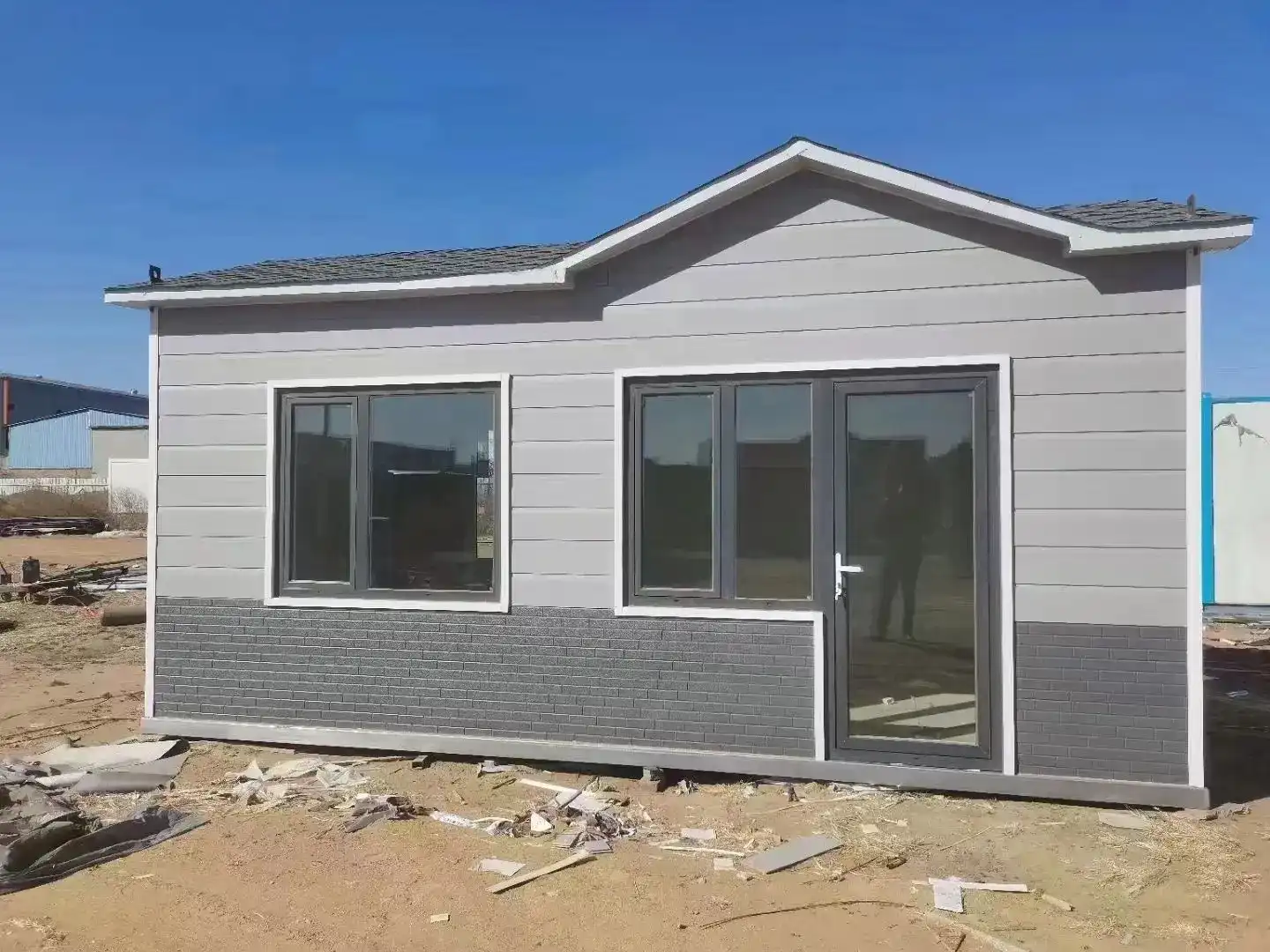
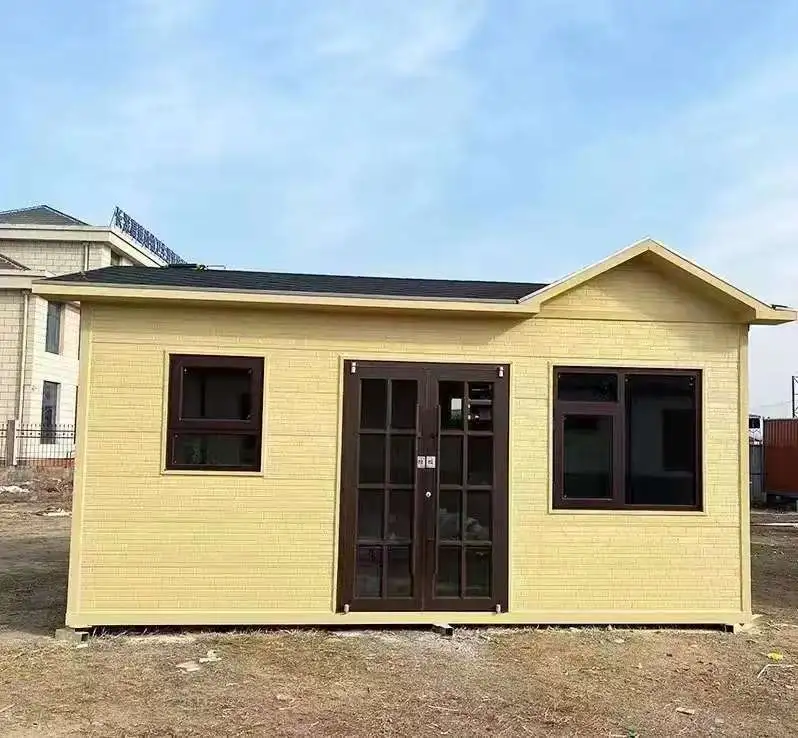
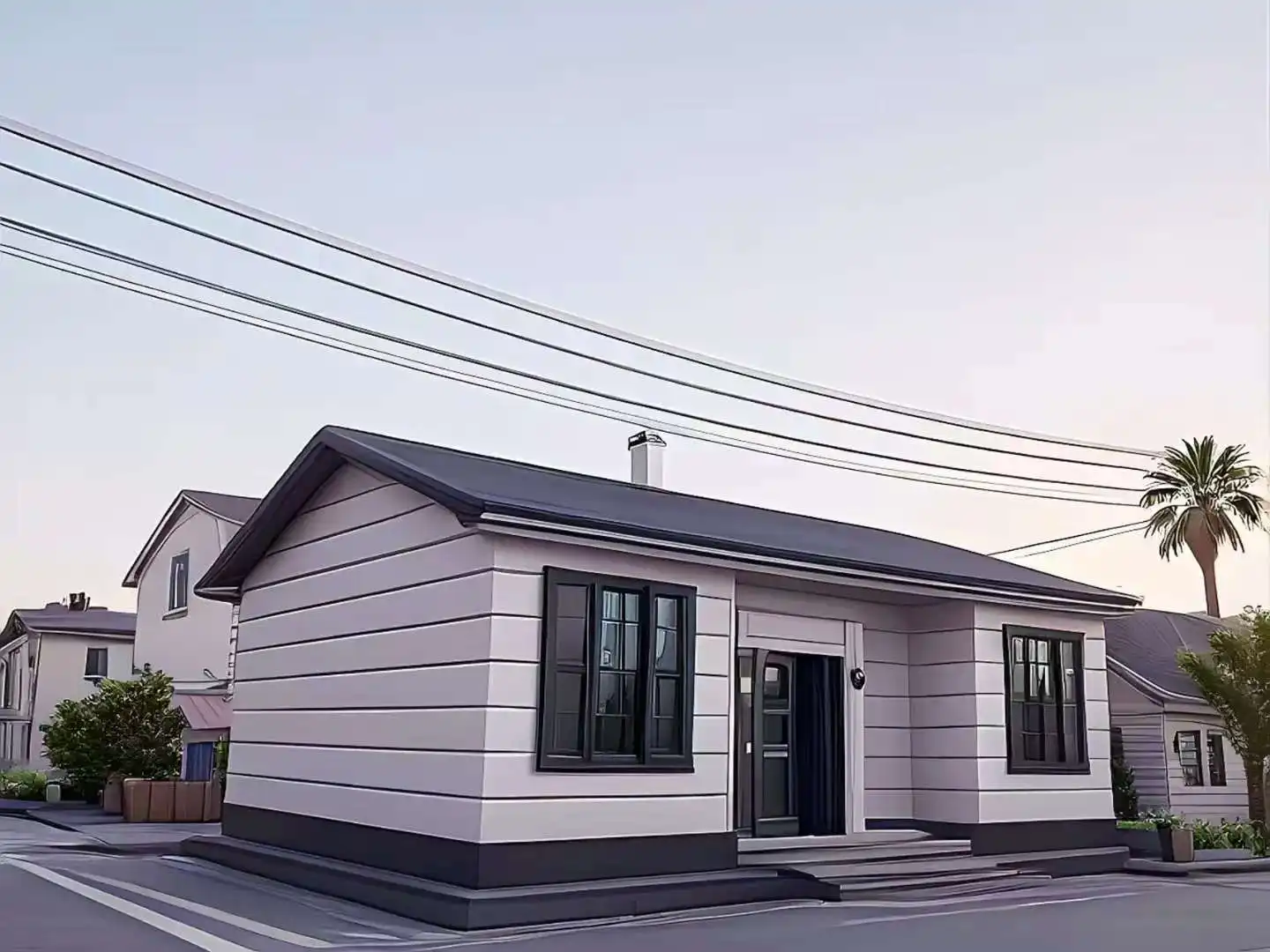

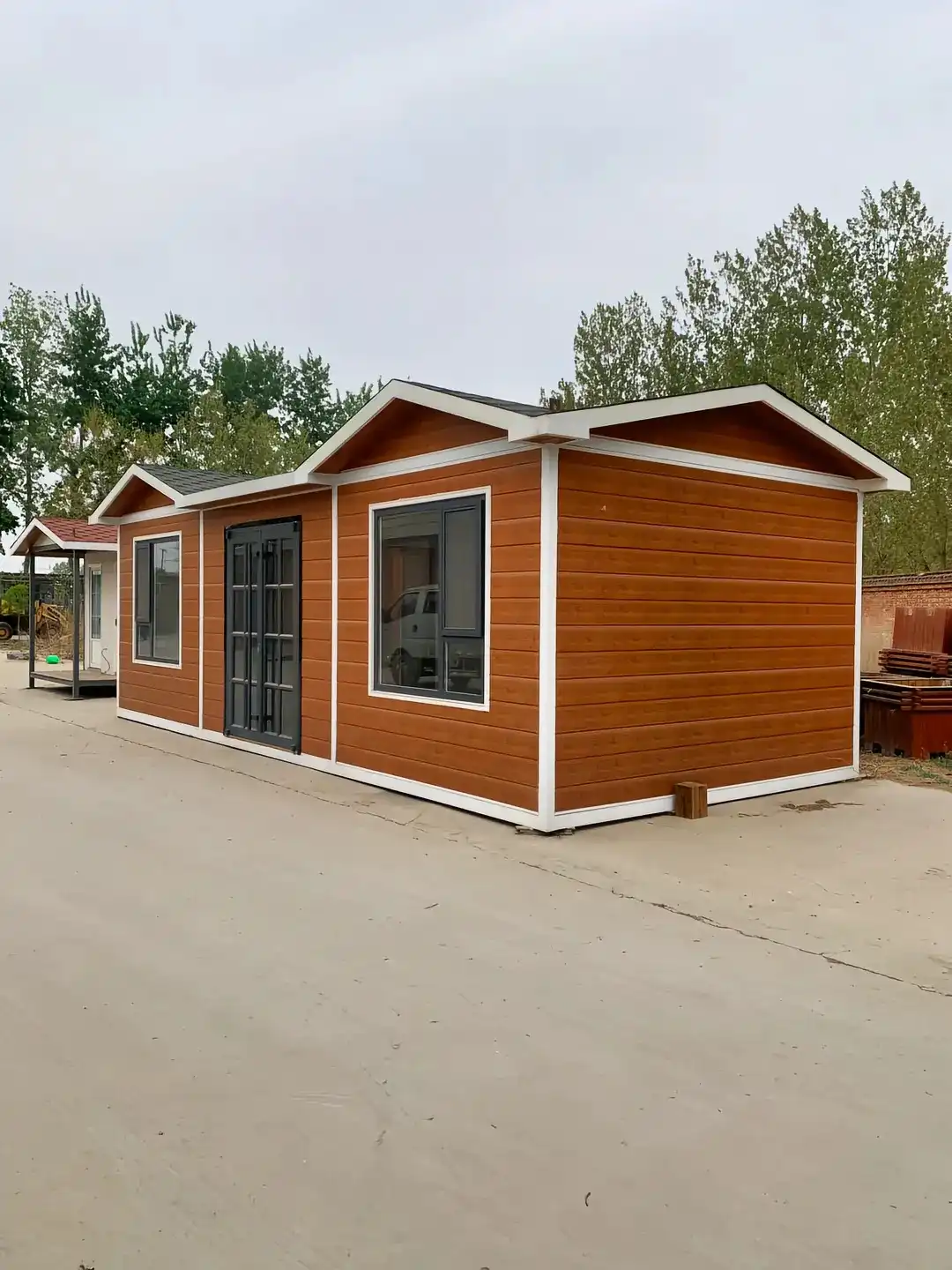

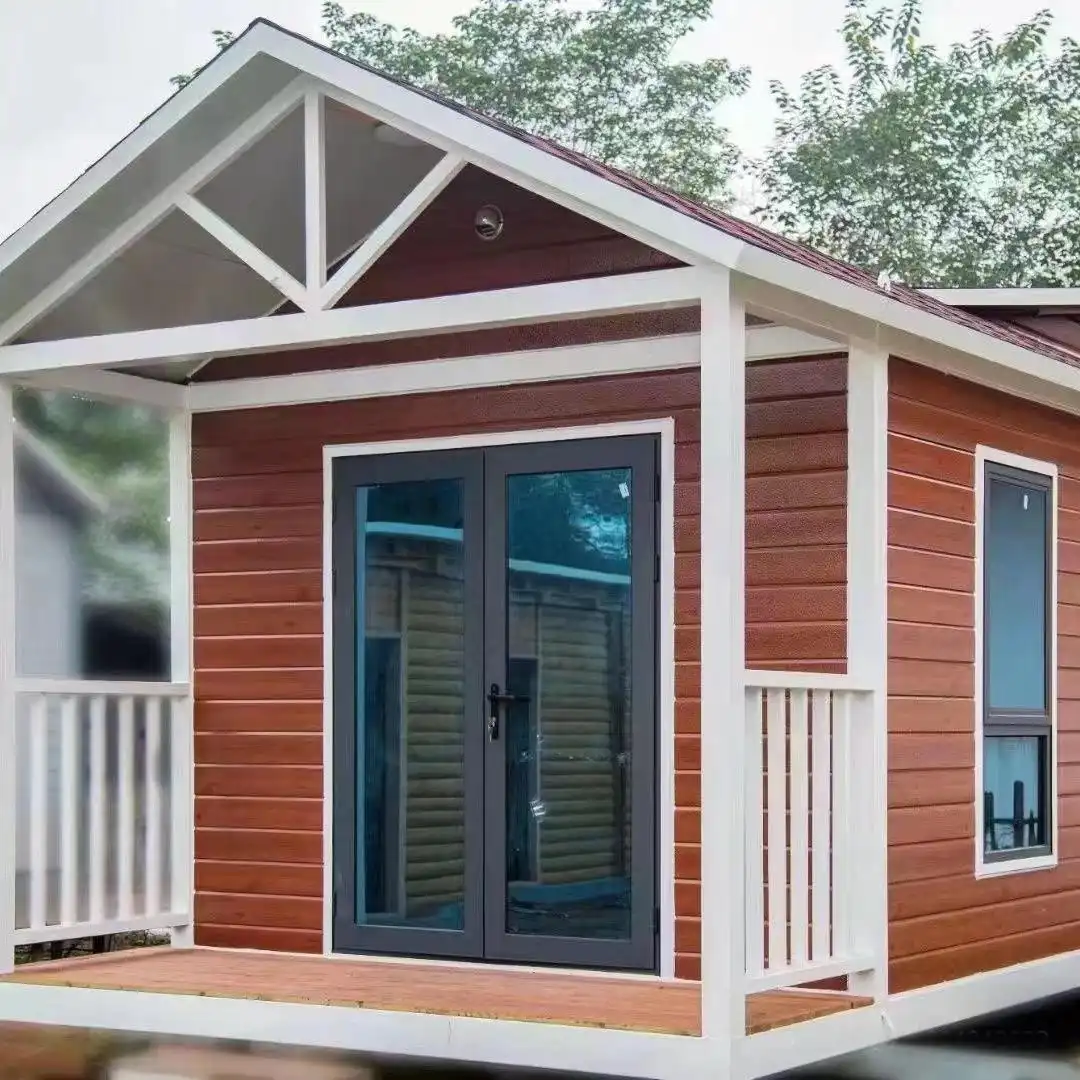

(1).jpg改.webp)

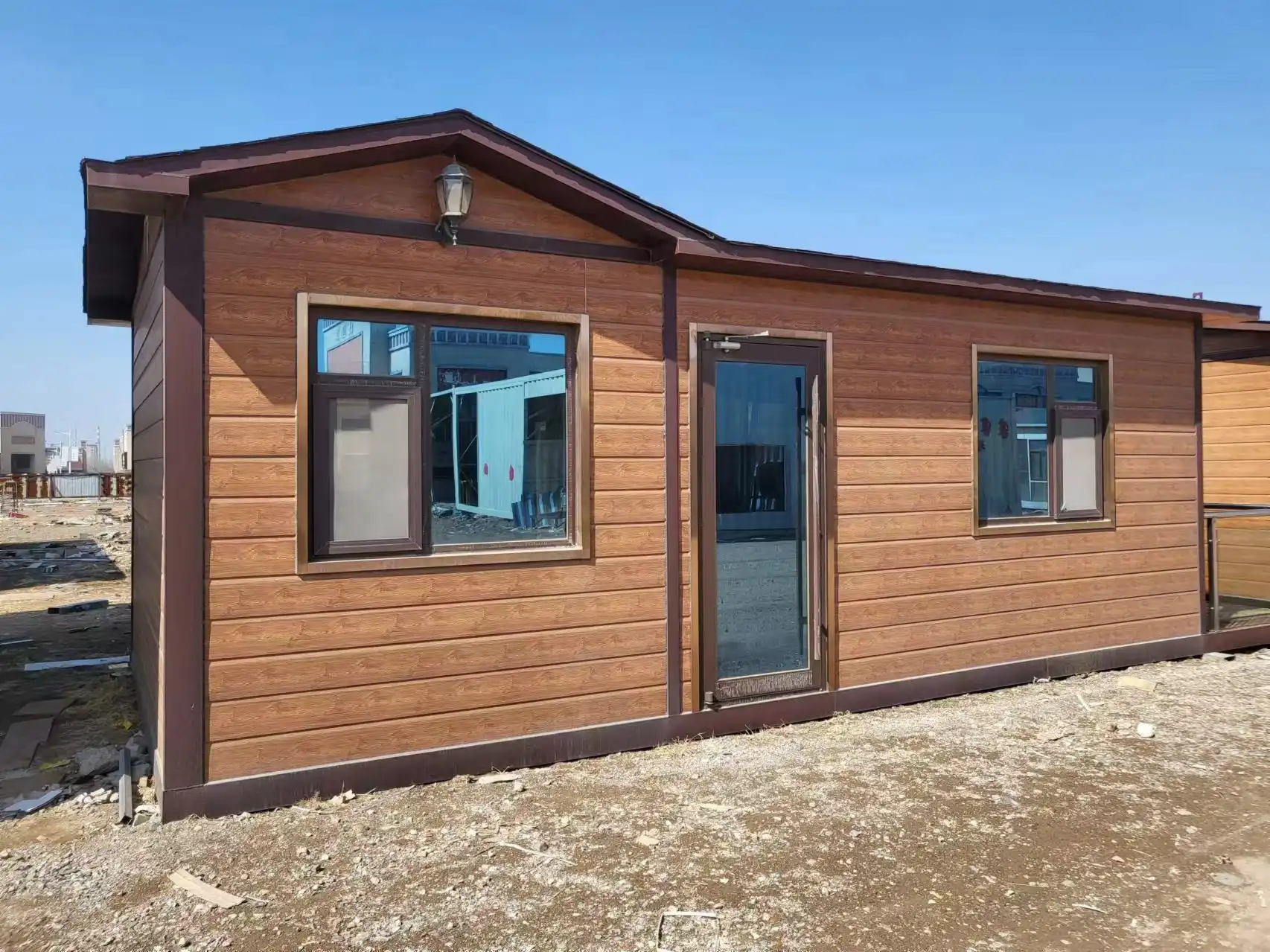
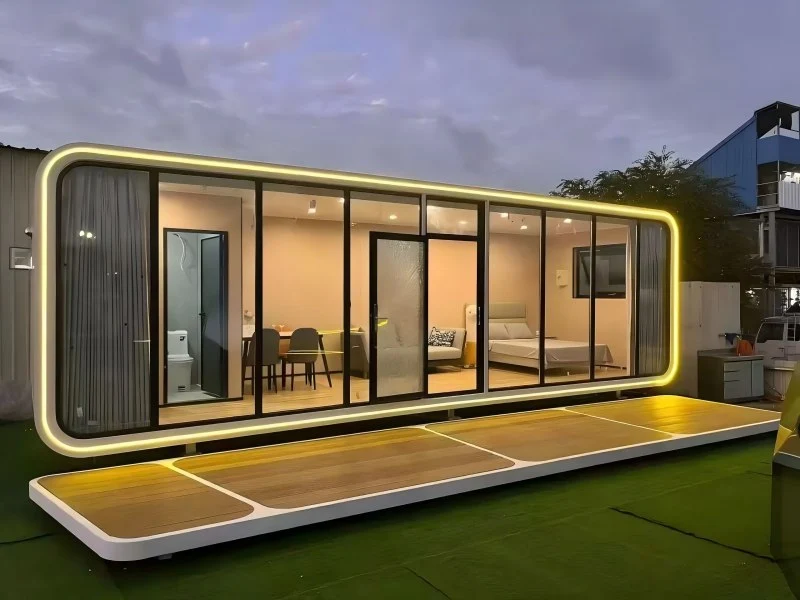
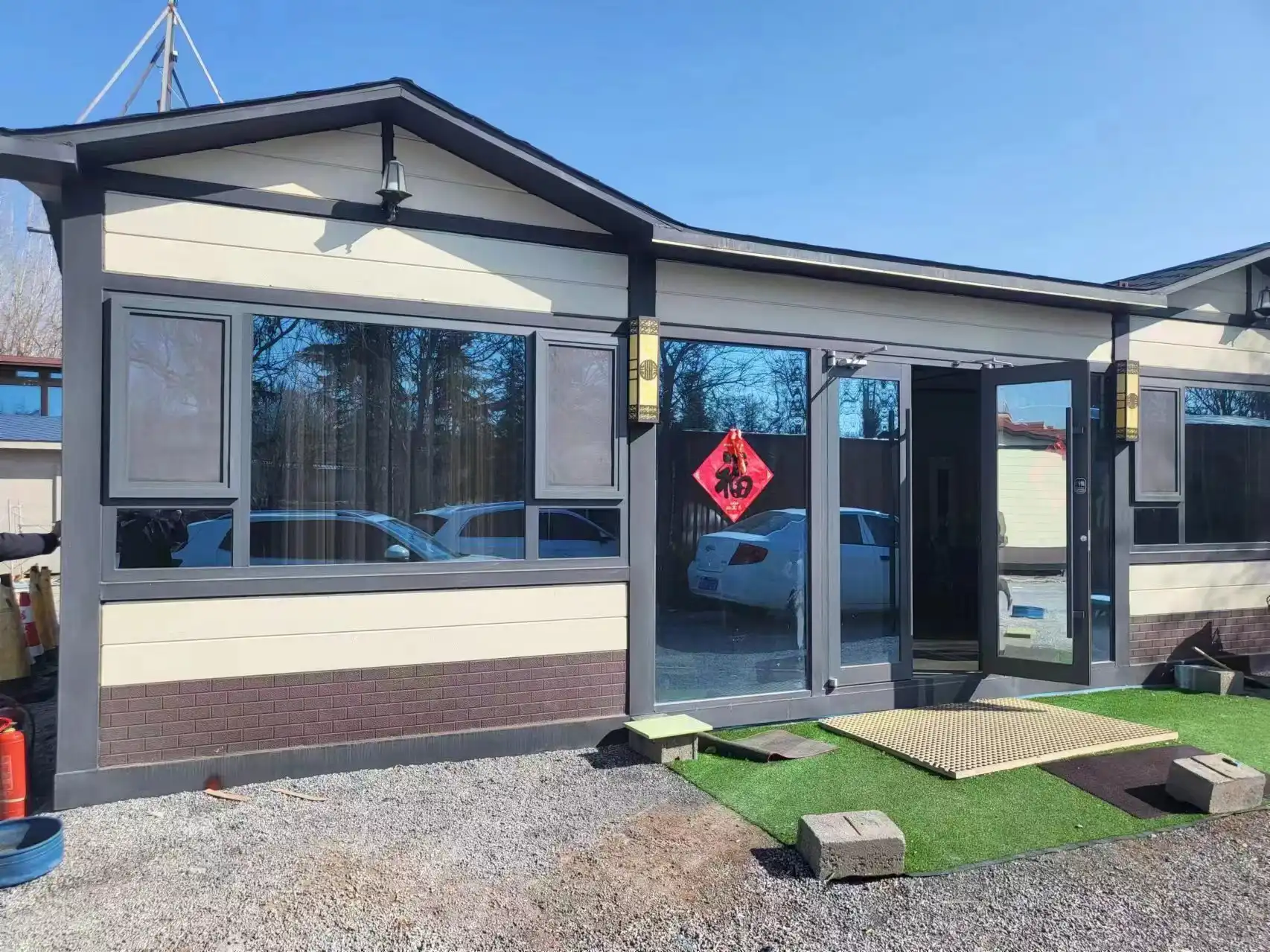

.jpg改.webp)
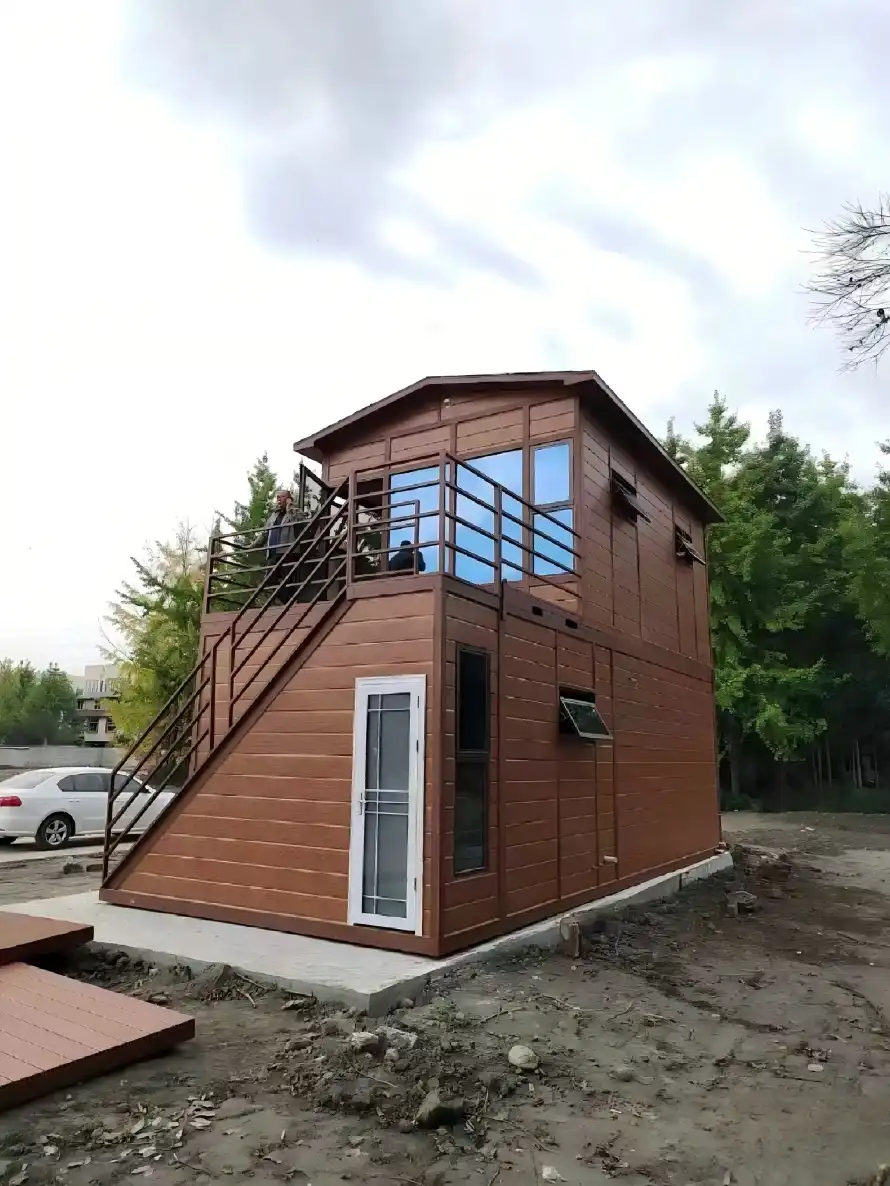
.jpg改.webp)
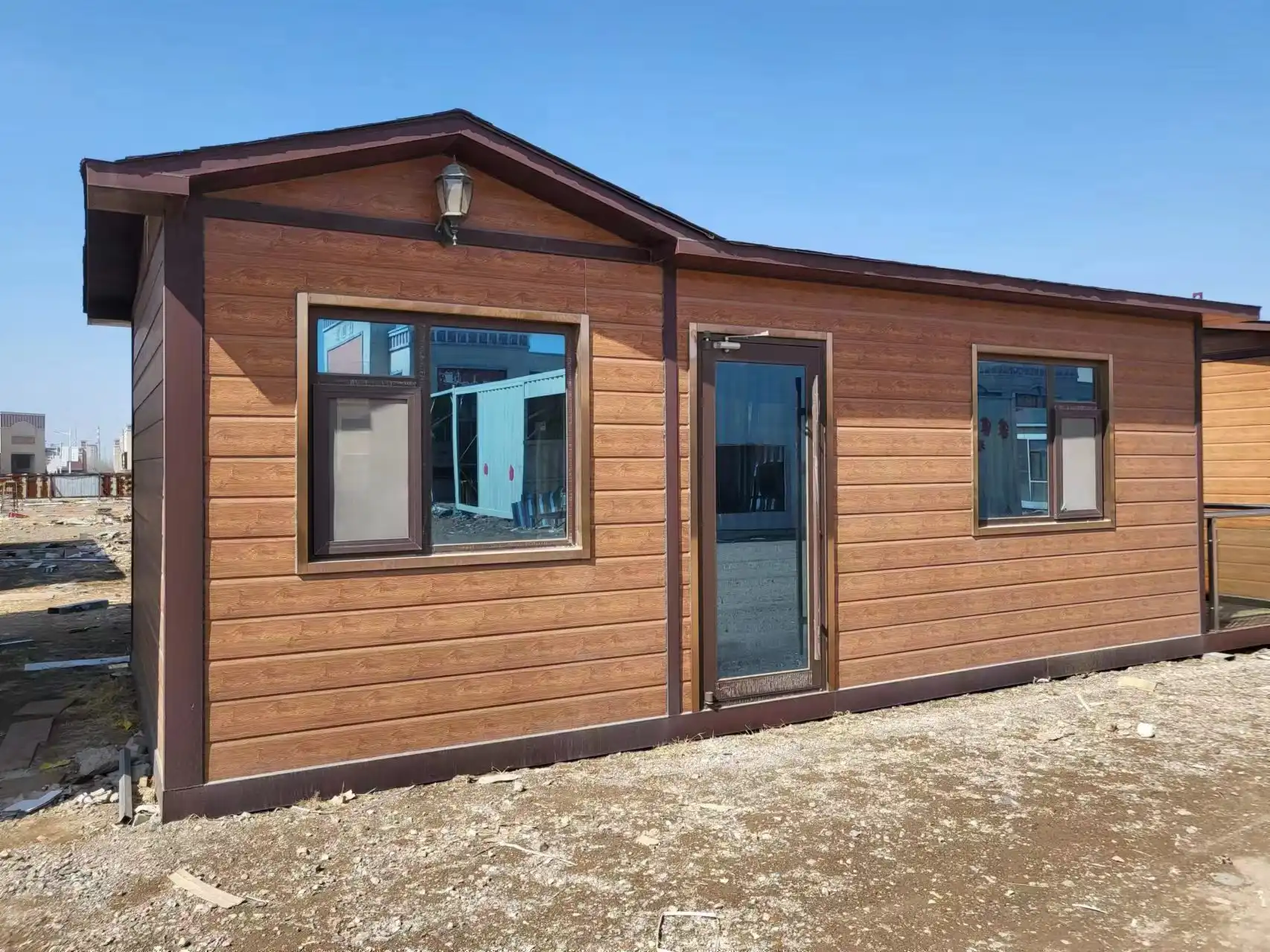
.jpg哈啊哈.webp)
